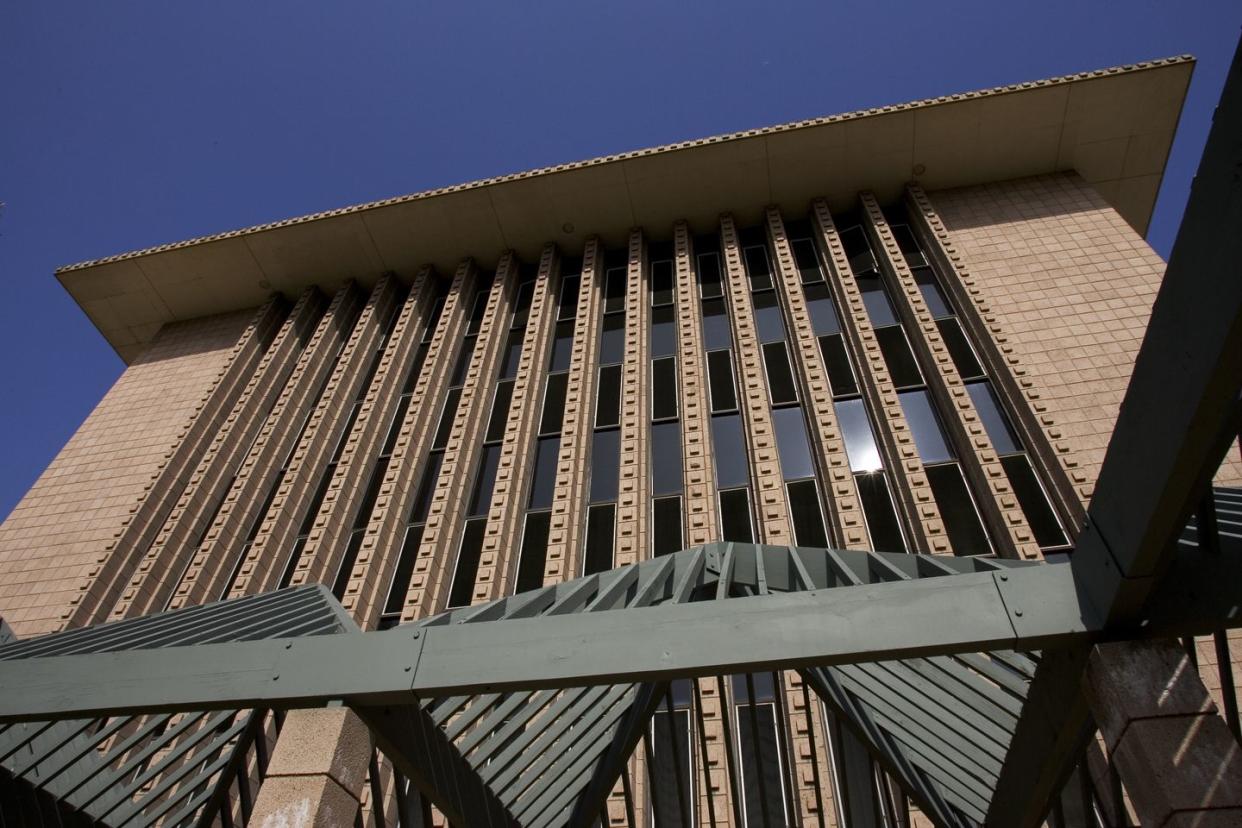Is This the Best College You've Never Heard Of?

It's often named one of the most expensive colleges in the country, even earning the top distinction back in 2017. It's an excellent return on investment. It's a bragging right in Silicon Valley: a majority of graduates secure six-figure offers from tech giants. The rest? They go on to get PhDs.
No, this isn't an Ivy League university. Or Stanford, or MIT. It's not on the Alt-Ivies list either. The school in question here is Harvey Mudd, a tiny institution in Southern California—and one of the five that make up the Claremont Colleges consortium.
The name should be familiar to anyone who feverishly tracks the plethora of college ranking lists that float around the internet. Naturally it's well-known to those who live on the West Coast. Less so for prospective students on the other side of the country, especially those whose sights may not go very far past Harvard, Yale, and Princeton.
"It certainly doesn’t have the household recognition that Ivies enjoy. It's fair to say that Harvey Mudd is a veritable diamond in the rough," according to Jenny Alessi, Rod Lembven, and Eric Sherman, the cadre of IvyWise counselors T&C consulted for their expertise on the matter. "The college needs little defending to families who are familiar with its strong reputation in Silicon Valley. The further east you go, however, the less known the institution is, and the more conversations become necessary as to why it should be on students’ lists."

As for those reasons why, first and foremost: the academics. Harvey Mudd is an elite liberal arts college that also happens to have an equally impressive STEM curriculum—hence that Silicon Valley cred. (This is not to say it's the only one of its kind: a few other liberal arts institutions, like Bowdoin, Smith, and Bucknell, have notable STEM offerings as well.)
"Its emphasis on STEM education sets it apart from other liberal arts colleges, and on the flip side, its liberal arts designation sets it apart from other STEM institutions," IvyWise's consultants say. "Students are often surprised to learn it's a liberal arts college, yet has robust engineering programs."
Despite its small size—undergraduate enrollment falls under 1,000—Harvey Mudd's membership in the Claremont system means students also have access to resources, facilities, classes, extracurriculars, events, even the dining halls, at the other schools. And there is a bit of a choose-your-own-adventure vibe within this consortium. "The history of each of the Claremont Colleges represents the different needs of the era that it was founded," IvyWise's advisors say. "Each school has its own institutional identity and academic specialties."
For example, Pomona and Clarement McKenna—founded in 1887 and 1946, respectively—are modeled after old school New England establishments. Scripps, established in 1926, is a pioneering women's college, while Pitzer, founded during the civil rights era of the '60s, is famous for its student governance model and commitment to social justice.
So how did Harvey Mudd (established in 1955) become the STEM mascot of the group? Credit goes to the man the school is named after, a mining engineer turned magnate who had a prescient understanding—just as the Space Age was beginning to dawn—of the growing need for rigorous technological and scientific education. Already a donor to the Claremont Colleges, Mudd began working to add a school devoted to these studies but died before the project's completion—his family took over and named the institution after him.
Not surprisingly, the post-grad prospects are quite rosy. According to a survey of the Class of 2022, 60% of Harvey Mudd graduates had accepted a job—Microsoft and Meta being the most popular—with a median salary of $117,500. These numbers edged it past MIT, which had 52% of its 2022 graduates employed, with a median salary of $110,000. For those who decide to continue their studies, a staggering 30% of graduates go on to PhD programs, "the highest rate of any school in the country," according to IvyWise.
And while a relatively modest endowment may contribute to Harvey Mudd's steep sticker price (tuition, room, and board for 2022-2023 tallies up to $82,395), the financial aid packages are generous and—unlike at MIT and Caltech—even include merit-based scholarships, a perk that surely helps lure some of the nation's brightest young minds away from the competition. Consider, too, Harvey Mudd's #3 spot on the list of schools with the best ROI, beating out Stanford, UPenn, and Princeton. Maybe it's time to revise that college wishlist?
You Might Also Like
